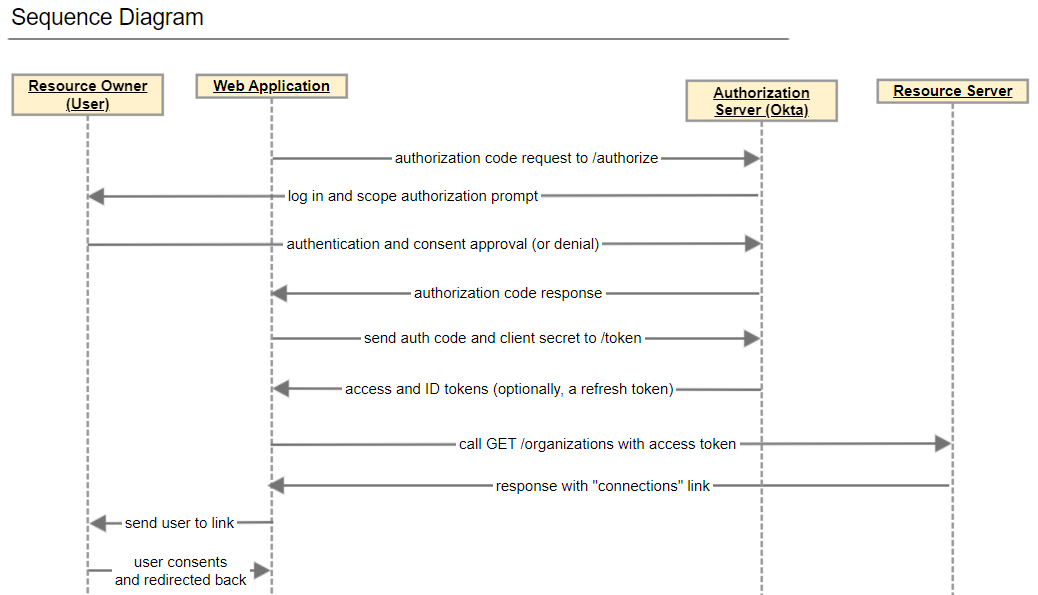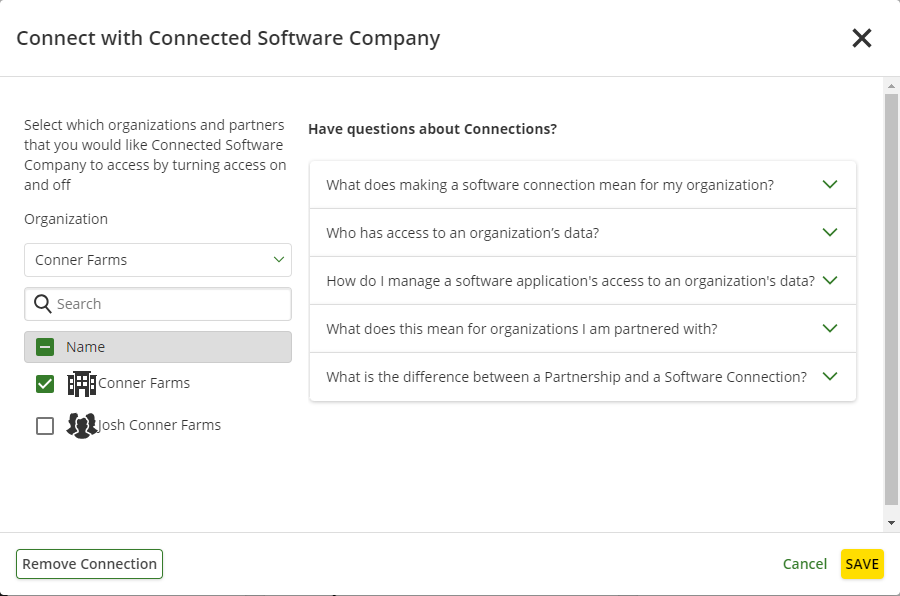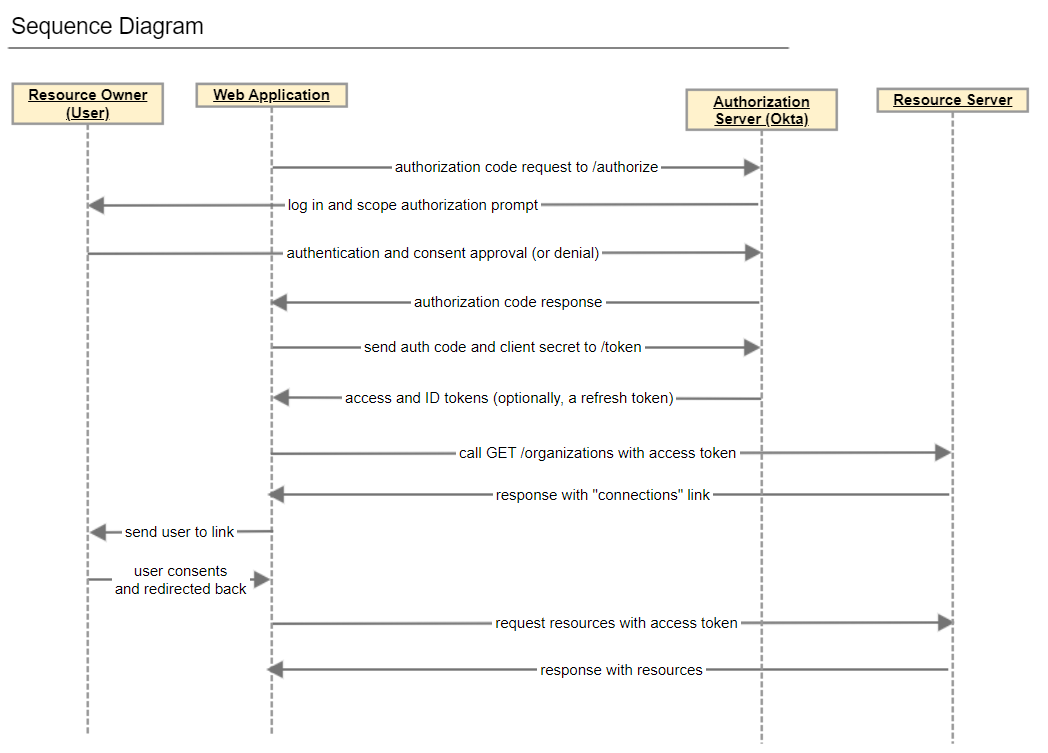When a client application is making requests to John Deere APIs, it will encounter HTTP response errors that should be handled appropriately. Below you will find most of these errors and instructions on handling them.
400 Bad Request
HTTP Code: 400
Response code: Bad Request
This error means that either the POST/PUT body used in the request is incorrect, or if this error is seen in the OAuth 2 POST /token request, it means the refresh token is invalid. Before contacting API Support, please attempt to update the request body or get a valid token for the user. Please see the OAuth 2 documentation here.
401 Unauthorized
HTTP Code: 401
Response code: Server Authorization Failed
This error means that either the application does not have a license for the endpoint, or the user token is expired. Before contacting API Support, please attempt to get a valid token for the user, or use the refresh token process to get a new access token. Please see the OAuth 2 documentation here. Information about what APIs a client application can call by default are listed here, and all other APIs listed on the website are only accessible via a given license.
403 Forbidden
HTTP Code: 403
Response code: Access Denied
This error pertains to the user not having access to this resource. You should only request resources found while navigating the REST endpoints for the user. If the client calls for a resource the user does not have access to, the request will be denied. You can prevent this error by beginning your calls with /platform, and following the returned links to discover resource IDs available to the user (most are found under the /organizations link).
HTTP Code: 403
Response: The client does not have a proper access for this API
This error relates to missing OAuth 2 scopes for the user token. Along with this error code, you will see the client ID, license needed, and read/write/delete scopes needed for that license to make the corresponding requests.
HTTP Code: 403
Response: Requested org is in a restricted state
This error relates to our updates Orgs Terms & Conditions process. We have a guide for handling these requests here.
404 Not Found
HTTP Code: 404
Response code: The requested resource was not found
This error means that the resource ID requested is not valid. All resource IDs should be parsed from API responses immediately before requesting access to it. If IDs are stored for long periods of time, user access to that resource could change or be removed.
429 Too Many Requests
HTTP Code: 429
Response code: HTTP_TOO_MANY_REQUESTS
When the John Deere Servers are overwhelmed by requests, clients may receive a HTTP 429 response. That response may include a "Retry-After" header with a numeric value indicating the number of seconds the client should wait before trying again. When you receive a 429 response with that header, you have to wait at least for the specified time before retrying the request. If a customer is actively waiting for the result, you may need to return an error instead of waiting. If your application is fully asynchronous, always wait the Retry-After amount.
503 Service Unavailable
HTTP Code: 503
Response code: : HTTP_SERVICE_UNAVAILABLE
When John Deere Servers have a backend or server problem, they MAY return a corresponding Retry-After header along with a 503 response. If a 503 is returned without a Retry-After header then John Deere Servers cannot estimate a reasonable recovery time. Your application should enter an exponential back-off loop or return an error in this case. If a Retry-After header is returned, wait the number of seconds given and try again
For all other possible status codes, please refer to this resource that is publicly available (provided by Wikipedia).





